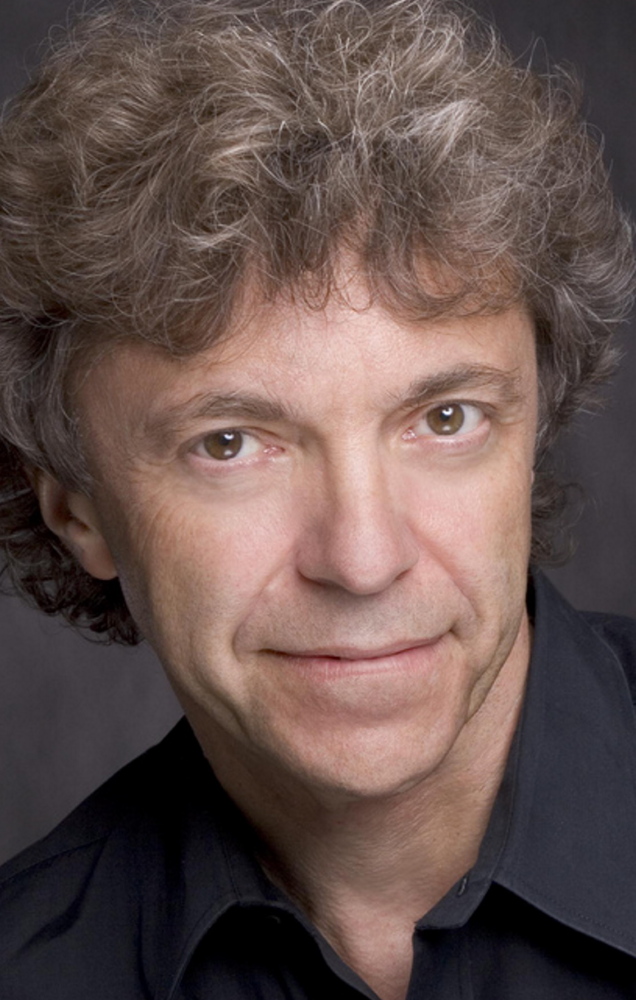In the best tradition of showmanship, Robert Moody, music director of the Portland Symphony Orchestra, saved the best for last.
The final concert of the 2013-14 season, before a full house at Merrill Auditorium on Tuesday night, included a well-done crowd-pleaser – Gershwin’s “An American in Paris” – a phenomenal rendition of the Saint-Saens Piano Concerto No. 5 with Pascal Roge, a North American premiere of new orchestral transcriptions of movements from Ravel’s “Le tombeau de Couperin,” and a performance of “La Valse” so powerful that it could only be experienced live.
“An American in Paris,” which opened the program, is not one of Gershwin’s best efforts. The PSO made it sound better than it is.
What followed, Roge’s performance of the Piano Concerto No. 5 in F Major, Op. 103, popularly known as “the Egyptian,” was little short of miraculous. Roge has made a specialty of the Saint-Saens concertos, and his pianism is uniquely French in its combination of clarity and brilliance. Applied to Saint-Saens’ final concerto, it revealed a neglected masterpiece, on a level with the finest works in the genre.
The sounds that Saint-Saens coaxes from the piano are mesmerizing in themselves, but they also influenced a younger generation of composers, including Debussy and Ravel. His “orientalizing” in the long andante is a case in point.
Impressionistic piano playing can be a delicate flower, but in the final movement, Roge proved that it can also have tremendous power. Saint-Saens, according to Franz Liszt, was the world’s finest organist. In the Concerto No. 5, he demonstrates that a grand piano can have an equally striking effect.
The orchestra outdid itself in support of the piano, maintaining a precise balance of the parts and never overpowering the soloist (if that were possible). A surprised audience, many of whom had probably never heard the concerto before, gave it a thoroughly deserved standing ovation.
After intermission, it was Ravel’s turn to startle and amaze, beginning with his orchestral transcription of the piano suite “Le tombeau de Couperin.” In 2013, British composer Kenneth Hesketh orchestrated the Fugue and Toccata from the suite, and Moody included these movements, for their first performance in North America.
While Ravel returned to the origins of French music in Couperin with wit and charm, his “La Valse,” which concluded the program, was a vision of the hell the composer had experienced during World War I. In the space of a few minutes, a lilting Viennese waltz is ripped apart by demonic forces.
The orchestra had a wonderful time with the explosions, and the audience responded in kind.
Christopher Hyde’s Classical Beat column appears in the Maine Sunday Telegram. Contact him at:
classbeat@netscape.net
Send questions/comments to the editors.



Success. Please wait for the page to reload. If the page does not reload within 5 seconds, please refresh the page.
Enter your email and password to access comments.
Hi, to comment on stories you must . This profile is in addition to your subscription and website login.
Already have a commenting profile? .
Invalid username/password.
Please check your email to confirm and complete your registration.
Only subscribers are eligible to post comments. Please subscribe or login first for digital access. Here’s why.
Use the form below to reset your password. When you've submitted your account email, we will send an email with a reset code.